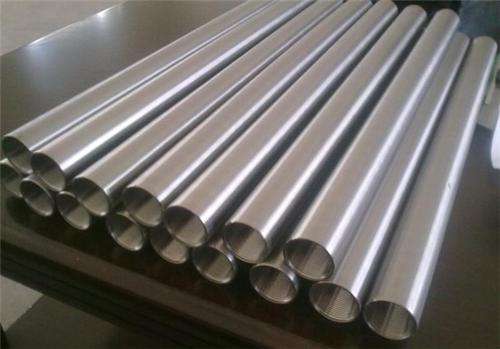Gr5 titanium alloy is one of the most widely used titanium alloys at present. It has high strength and good corrosion resistance. However, it is difficult to find seamless titanium tubes made of Gr5 in the domestic and foreign seamless titanium tube market.

Gr5 titanium is mainly made of sheet metal, and Gr5 titanium pipes on the market are mainly made of high-strength thick-walled pipes by hot extrusion or oblique piercing. This warm rolling process needs to improve the traditional roll, i.e. installing induction heating device on the pipe mill. This kind of processing equipment has complex structure, complicated process and high production cost. The main reason for the present situation is the high strength of Gr5 titanium alloy and the difficulty of cold rolling forming. In order to solve the key technology of cold rolling of Gr5 seamless tube, a series of studies have been carried out jointly by schools and enterprises. If the direct cold rolling process is used to produce high strength titanium alloy pipes, not only the production cost is greatly reduced, but also the requirements for high performance applications of titanium alloys can be met.
The billet was rolled to 70% of the total deformation by two and three passes of rolling respectively. Vacuum annealing was carried out between passes at 800 C for 1 h. The cooling method was air cooling to room temperature after furnace cooling to 500 C. The changes of structure and properties were observed. It is concluded that:
In the case of small deformation, the wall thickness deviation is small and the surface roughness decreases gradually; in the case of large deformation, the wall thickness deviation is large, which will affect the wall thickness deviation of the tube obtained by subsequent pass rolling.
With the same total deformation, the more rolling passes, the greater elongation and hardness of the pipe, and the higher strength. Good comprehensive performance.
When rolling with large deformation, the flow of material is strip-like, and when rolling with small deformation, the flow of material is bundle-like. Under the same conditions of heat treatment between passes and subsequent rolling process, the structural distortion of tube produced by large deformation billet is more serious.
The anisotropy of pipe is not affected by small deformation billet, and the anisotropy of mechanical properties fluctuates in multi-pass rolling.
